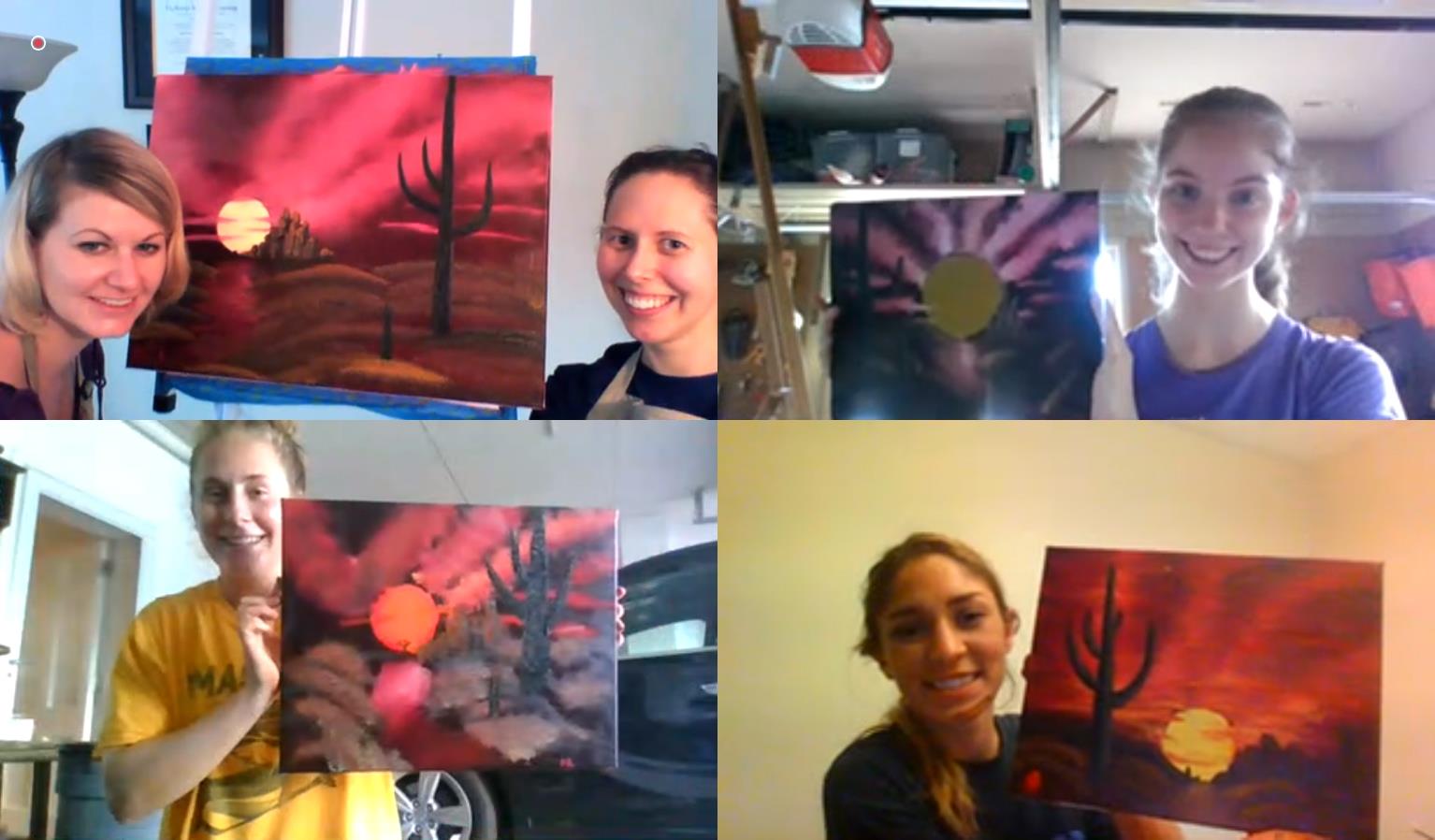NASA offers a variety of internship opportunities to thousands of students across the country throughout the year. The 2020 internship program looked very different due to COVID-19. While interns were not able to be physically on-site at NASA centers, they were able to work virtually from home and gain the same professional experience.
Despite the many challenges that came with the COVID-19 pandemic, the Stratospheric Aerosol and Gas Experiment (SAGE) III on the International Space Station (ISS) team at NASA Langley Research Center in Hampton, VA was able to host a team of five student interns. The group of interns worked on various atmospheric science, mathematics and engineering projects during their 10-week virtual internship with the SAGE III mission team.
Laila Howar, a senior at George Mason University majoring in Atmospheric Science and Computer Science, worked on a project to solve the long-standing uncertainty in differentiating between clouds and aerosols. Her approach involved a supervised machine learning approach where she compared different classifiers and performed hyper-parameter optimization, as well as cross-validation, to assess the performance of the models.
“My work on SAGE III ties together everything for my future career aspirations,” said Howar. “The other interns and I can all say that our mentors have made this such an unforgettable experience for us. They provided us with countless learning opportunities and gave us the opportunity to get to know their fellow associates through shadowing.”
The SAGE III team sent the group of interns to the virtual SciPy conference which allows participants to showcase Python projects, learn from other user and developers, and collaborate together on code development.
For Ney-Ling Navarro, who virtually worked her NASA internship from Puerto Rico, the SciPy conference aligned well with her internship project and gave her an opportunity to learn more in the field of computer science. Ney-Ling worked on the Multiplicative Extended Kalman Filter (MEKF) code cleanup. Her updates fell into two categories: addressing open GitHub tickets for Python updates and updating and streamlining existing Jupyter notebooks to improve their usability.
To stay socially connected throughout the internship, SAGE III mentors hosted daily virtual coffee breaks and multiple “fireside” chats where mentors would discuss any topic of the intern group’s choosing. The group even got together for a virtual Bob Ross painting night!
The agency also connected interns across all centers through a series of online lectures on work going on across the agency, as well as virtual tours and intern meetups.
“I would say that this is not the experience I expected from a virtual internship. The amount of effort that the SAGE III team and NASA has put in to make this a great experience has done just that,” said Howar.
While COVID-19 may have changed the location of their internships, the SAGE III interns were resilient and successfully adapted to the virtual environment and using platforms such as Microsoft Teams.
“I learned over the course of my internship to arrive to virtual meetings early in case new software needed to be installed and to be ready to connect online in multiple ways in case the network was rough,” said SAGE III intern Preston Robinette.
The work that the SAGE interns completed during their internships continues to support the efforts of the mission team. A big thank you to Laila, Ney-Ling, Alexas, Preston, and Kate for all of the outstanding work and time dedicated to the SAGE III/ISS mission!


